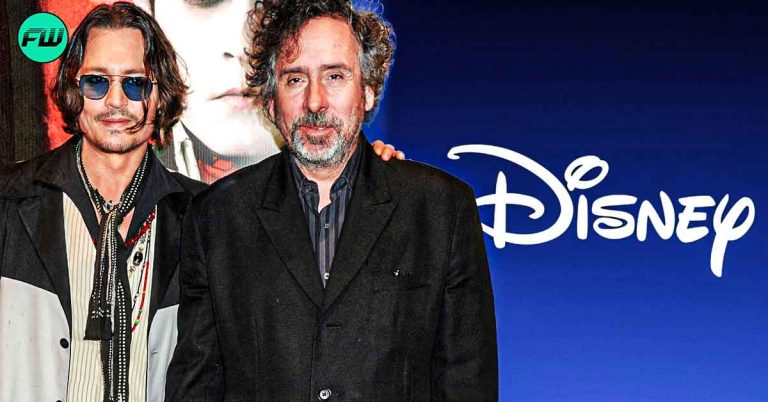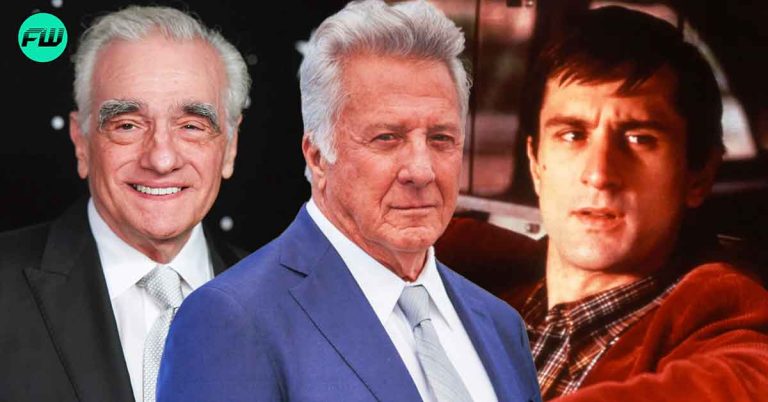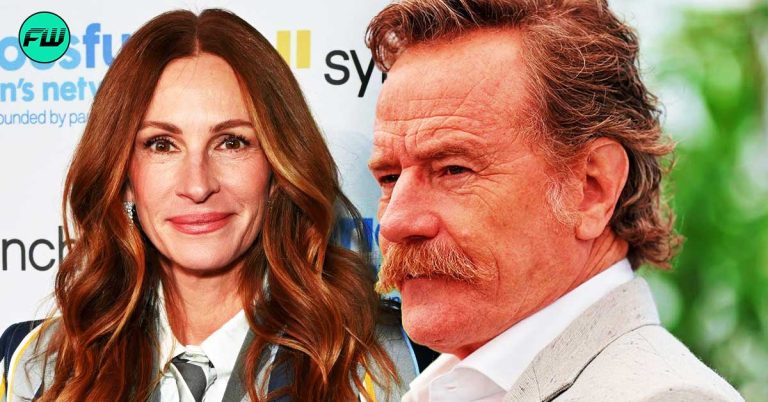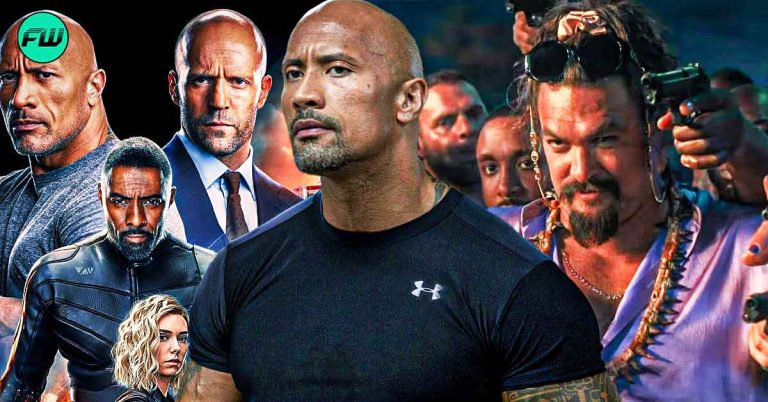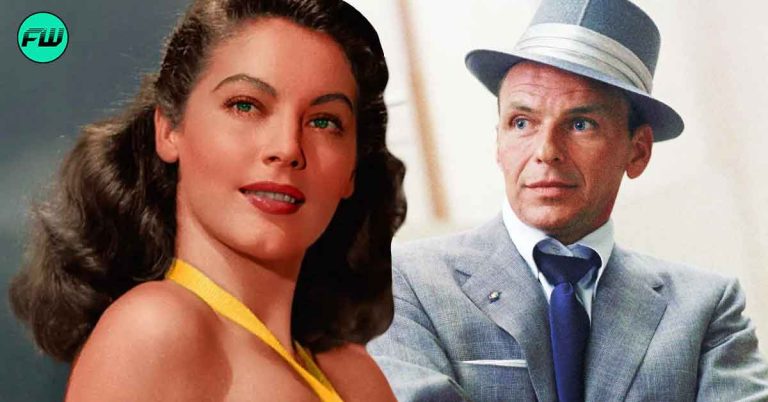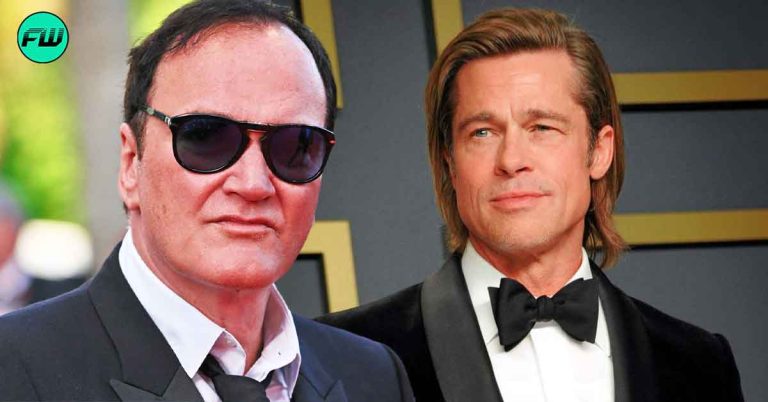Netflix’s highly-anticipated third season of The Witcher brought fans deeper into Andrzej Sapkowski’s fantastical universe. However, adapting literary treasures to the screen has always ignited debates between devoted fans and creators seeking artistic liberty. With Henry Cavill’s departure as Geralt of Rivia and Liam Hemsworth stepping into the role, speculations about the reasons behind Cavill’s exit have given rise to fervent discussions. One of which is the issue of an unfaithful book adaptation.

Rumors about Henry Cavill’s exit from the show, potentially due to creative differences surrounding adherence to Sapkowski’s source material, have stirred the fan community. While Cavill remains silent on the matter, one of the show’s creative minds, Javier Grillo-Marxuach, an executive producer and writer for the series, came forward in defense of the show’s script integrity.
How did Javier Grillo-Marxuach defend the script integrity
Via Twitter, Javier Grillo-Marxuach highlighted a specific scene to demonstrate the show’s commitment to the source, dispelling claims of it being anti-source. Replying to a fan comment speculating that Henry Cavill was replaced as he did not agree to the characters moving away from the book, Javier wrote, “Also, those of us who know what really went down behind the scenes know what really went down behind the scenes. I stand behind the work, and my boss, 100%.”
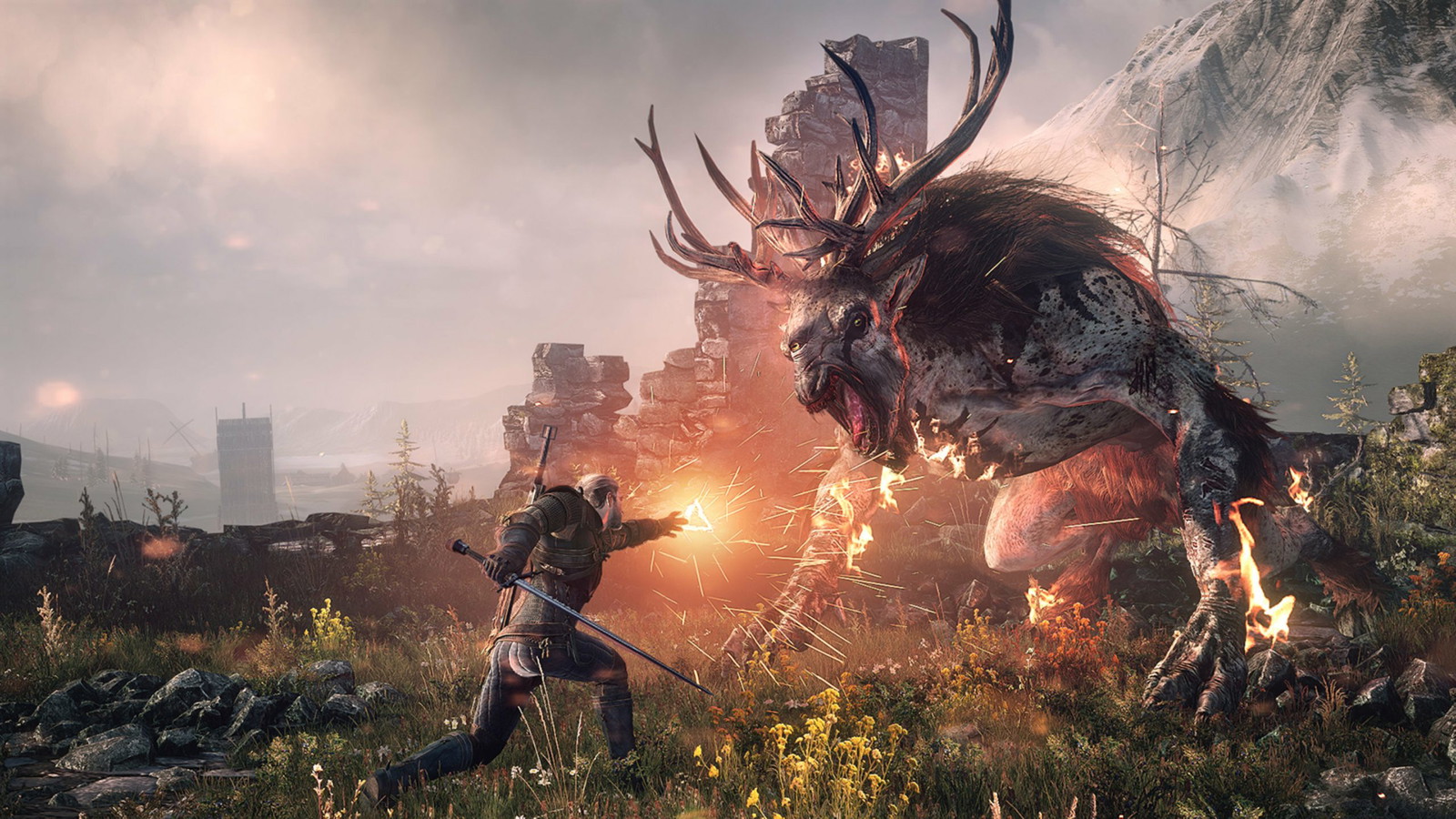
Furthermore, while pointing out a particular scene, he explained how the team has tried to keep the plot and characters as close to the source material as possible. He tweeted,
“For those who claim that we don’t read/respect the books – the writers’ draft of The Witcher 306 ABSOLUTELY began with Dykstra holding Geralt at knife point as he pissed into a plant. I have the pages to prove it!”
However, despite the explanations, many fans pointed out the changes in the on-screen adaptation of the book.
Book vs Netflix: Biggest changes in The Witcher Season3
Based on Time of Contempt, The Witcher Season 3 did make certain changes to the source material. For example, Codringher and Fenn, founders of a law and detective firm, meet a fiery fate, differing from the book’s assassination. Moreover, Geralt’s search for Rience is altered, omitting Vuilpanne’s quest and introducing a different narrative. Apart from that, Ciri’s escape from Aretuza’s women took a detour, impacting her reunion with Geralt and Yennefer. And Radovid’s role and lineage shift in the Netflix adaptation, diverged from his familial roots.

In fact, Queen Hedwig’s demise was also modified, involving Philippa and Dijkstra’s political maneuvering and Ciri’s involvement with the Rats, including Mistle also differed between the book and series. Furthermore, Jaskier’s role was changed, as he became a babysitter and bait in the show’s narrative. While Vilgefortz’s actions and motives were reimagined, affecting the events surrounding his character. The fate of Francesca Findabair and Yennefer also took a different trajectory in the series. And Rience’s death saw an alternative, as Geralt decapitates him, departing from the original source.
Meanwhile, Stregobor’s storyline expanded and shifted from the books, leading to a different redemption arc. On the other hand, Tissaia’s poignant demise occurred with varied timing in the show, compared to the book. Ciri’s journey in the Korath desert and her hallucinations of familial figures were introduced in the series. And Geralt and Yennefer’s reunion in Brokilon was an addition to the show, deviating from the book.
King Vizimir’s assassination and its aftermath were also different in terms of timing and circumstances. While Radovid’s ascent to the throne was portrayed in a distinct manner, impacting his reign’s legitimacy. The tale of Fake Ciri is also reinvented as Theryn, a manipulated Aretuza student, making changes to the narrative. And major battles, such as the Thanedd Coup, remained central but with various alterations.
Source: Collider, ScreenRant


